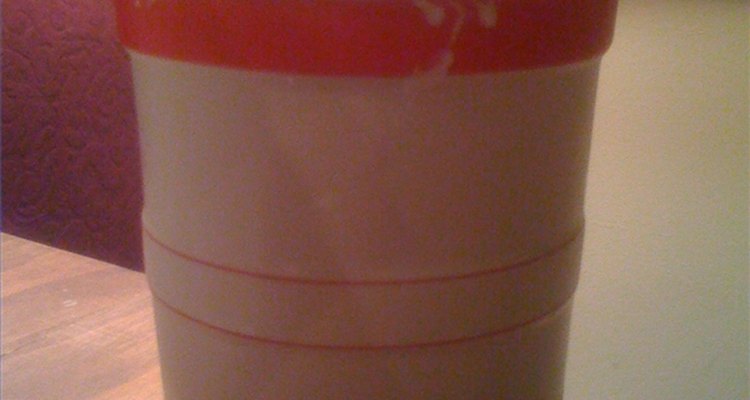
Traditional bread making relies on starters made of flour, water and wild yeast gathered from the air. Though the bread making process takes longer than it would with store-bought yeast, bread made with a starter achieves tastes and textures hard to come by otherwise. Some people add store-bought yeast, sugar or other ingredients to starters, but none of these is necessary for a successful starter.
Pour flour and warm water into your clean container. Stir until blended.
Cover your container with a loosely fitted lid, a damp cloth or any cover that allows circulation. Place covered container in a warm spot where it will not be disturbed. A room temperature of 70 to 80 degrees F is ideal.
Remove and discard ½ of the mixture from your container every 12 to 24 hours. Mix in ½ cup flour and ½ cup warm water. This is called "feeding" your starter, and you should do it every day for at least the first week.
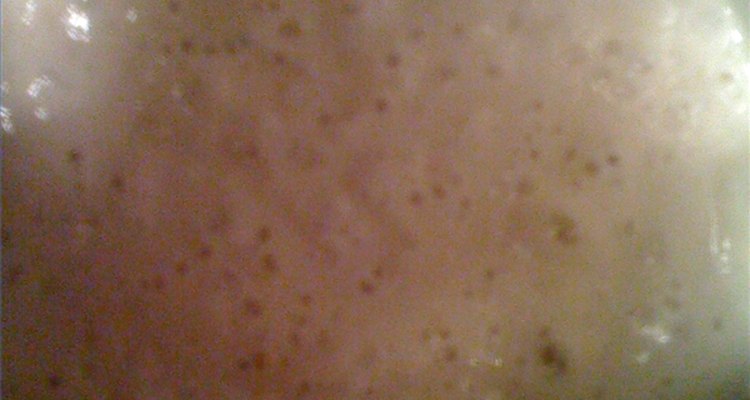
Check before each feeding to see if your starter is active, meaning yeast and bacteria cultures are thriving. An active starter will be puffy and bubbly, it will double in size between feedings and it will smell yeasty like beer. Do not use a new starter to make bread until after at least seven days of consecutive feedings.
Store your active, lightly covered starter in the refrigerator or somewhere warmer like your counter after at least seven consecutive days of feedings. If you refrigerate it, you only need to feed it once a week. If you store it outside the refrigerator, you need to continue feeding it once or twice every day.
Related Articles
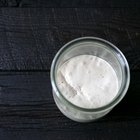
Easy Sourdough Starter Recipe
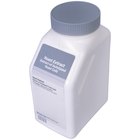
How to Grow Bread Yeast

Does Bread Expire?
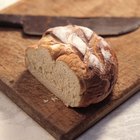
Does Heat Kill Lactobacillus Bacteria ...
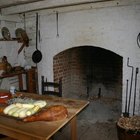
How to Make Bread From Colonial Times

How to Revive a Sourdough Starter Gone ...
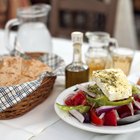
List of Greek Breads
Does French Bread Stale Quickly Because ...

How to Make Homemade Beer Yeast

Does Light Affect How Long Bread Will ...
How to Make Bread That Does Not Crumble ...

Can You Refrigerate Homemade Yeast ...

How to Freeze Brioche
Quick and Easy French Bread Recipe

Can I Make Monkey Bread the Night ...

How to Store Fresh Baked Bread
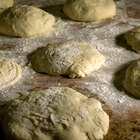
How to Use a Bread Machine to Make Dough
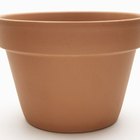
How to Bake Bread in a Clay Pot

Can Fast Acting Yeast Be Used in Place ...

How to Make Pasta Dura Bread
References
Writer Bio
Darla Himeles is a freelance writer, editor and poet living in Castine, Maine. A graduate of Bryn Mawr College's English and education programs and a current student in Drew University’s MFA in poetry and poetry in translation program, Himeles writes frequently about education, wellness, writing and literature.